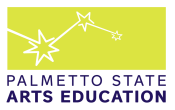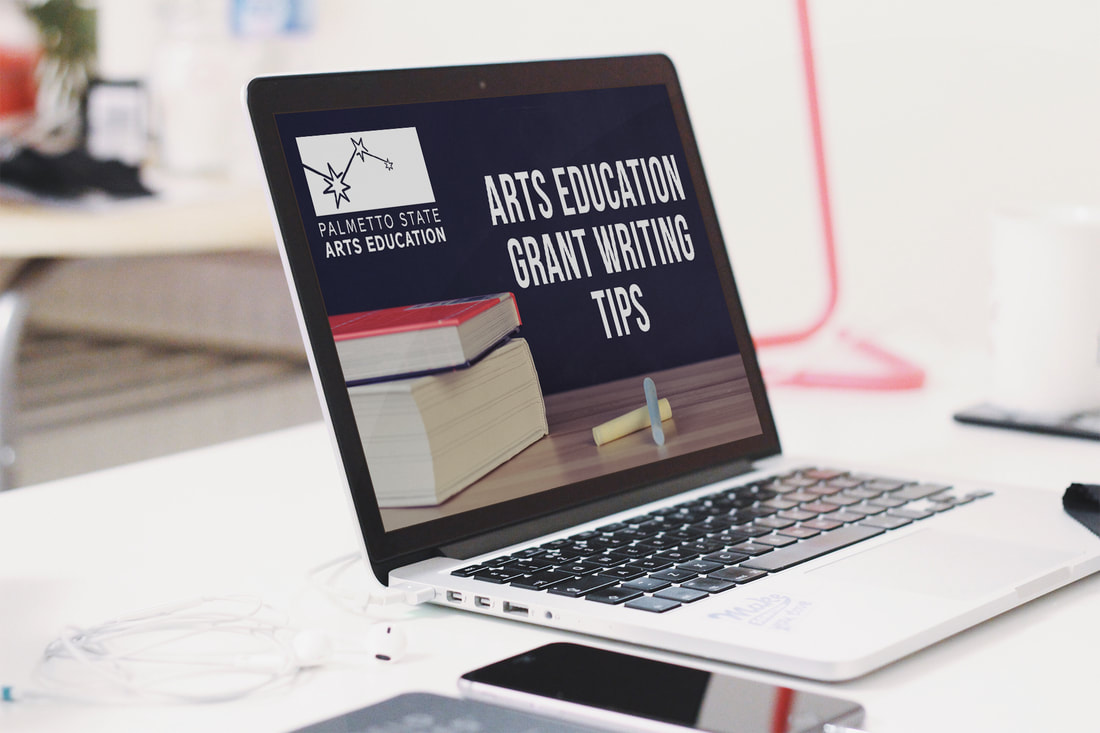I was in graduate school when I wrote my first “big grant application” and was so confident I decided to share it with an advisor about 24 hours before it was due. You know, to get a little pat on the back before submitting. So imagine my shock when she called and asked, “Have you submitted this to the University’s Department of Sponsored Research?” Cue record scratch. No. No I had not submitted it to the Department of Sponsored Research. I had no idea what the Department of Sponsored Research was or how it was about to make the next 24 hours one of the biggest learning experiences of my life. What I soon discovered was that our University’s internal process involved approval by the Department Chair (who was out of town) and the Dean (who was out on medical leave), more paperwork than the actual grant application itself (including a waiver for biomedical test subjects), and an average processing time of 2-3 weeks. The University recommended submitting grant applications to the Department of Sponsored Research a full month before they were due, and I had 24 hours. Over those 24 hours I made a lot of people angry, broke a lot of trust, and learned a lot of lessons. Now that I am on the other end of grant making I try to share those and other lessons with teachers and arts organizations. I get how frustrating, confusing, and overwhelming grant writing can be and understand the urge to give up. But I also understand that grants can mean a child experiences the magic of theatre for the first time. They can mean an art teacher acquires the supplies to teach print making to a future designer. Grants can help narrow gaps, improve equity, and be the reason a child holds an instrument in their hands and thinks “I can do this.” Below are my top tips for navigating the world of grants. Grant writing is a skill that improves with practice. So don’t give up – because you never know the impact your next grant can make in your program or classroom. Oh, and that first big grant I wrote? We did end up receiving funding. And I got to see firsthand how this frustrating, overwhelming, and confusing process can lead to life-changing experiences for students. Before You Begin Writing
The Writing Process
The Panel Process
Follow-Up
Special thanks to the following people for their contributions: Nancy Daugherty, National Endowment for the Arts; Anne Alston, Nebraska Arts Council; Danielle Bursk, New Jersey State Council on the Arts; Vivien Lee, Hawaii State Foundation on Culture and the Arts; Sheila Oedit, Colorado Creative Industries; Sheila Dean Ross, Delaware Division of the Arts; Rebecca Engelman, North Dakota Council on the Arts; Argy Nestor, Maine Arts Commission; Diana Green, Alabama State Council on the Arts; Jennifer Allen-Barron, Oklahoma Arts Council; Chiquita Mullins Lee, Ohio Arts Council.
6 Comments
|
About PSAEPalmetto State Arts Education is a network of professionals dedicated to advancing learning in and through the arts for all students in South Carolina. Categories
All
|



 RSS Feed
RSS Feed